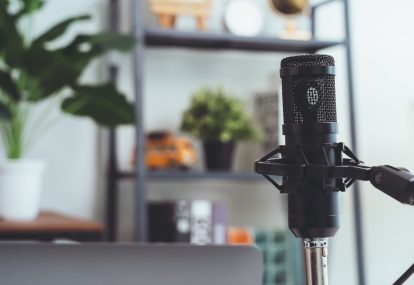In recording voice-overs or vocal tracks, every person’s voice has distinct and unique characteristics. As you listen carefully to the audio and become more familiar with how the words are pronounced, you will notice these characteristics.
All voices on-air or over the Internet, can create a noise that can ruin the quality of the audio. These are the s, t, or z sounds. Recorded audio or shows that have two or more speakers (such as interviews) have more of these noises. For listeners, it can be annoying. No matter how good the show can be, the noises will still give listeners a terrible listening experience..
As for the s, t, and z sounds, these are called the Sibilant sounds or Vocal sibilance as derived from phonetics. They are common and dominant in voice recordings.
Other parameters that can also affect sound quality include equipment used, microphone placements, and other technical aspects in audio recording. Luckily, advancements in technology has provided us with De Esser tools and plugins so annoying noises can be eradicated.
What is De Essing?
In essence, de essing is the process of minimizing (if not removing), those sibilant sounds with some given parameters like the volume and the frequency of the audio. The De Esser responds to those parameters and helps treat or control those unwanted sibilant sounds.
Since sibilant sounds are dominant in voice recordings, then the process is deemed all the more helpful for interviews and podcasts. So how do you provide your listeners with an extraordinary listening experience? Make sure your podcast has impeccable audio quality.
Nowadays, there are a lot of De Esser plugins in the market. However, to give you a clear idea of how de essers help
in the audio production of your voice, we will use the Waves De Esser with our DAW (Digital Audio Workstation) Logic Pro X to show you the basics of using a De Esser.
A Few Tips about De Essing
For those who are not familiar when it comes to how the tool or plugin should be used, the following tips can come in very handy:
- Sibilance is often present in the audio frequency range 2kHz to 8kHz but it can go up in some cases. This is the range where you can setup your de esser and give it a good kick with the Threshold parameter so it can do its job.
- Oftentimes, the male ess is present around 4.5kHz and the female ess around 6.7kHz. However, there will be instances when you have to use your ears to know which frequency is more effective once the de esser kicks in. Also, keep in mind that there will be times when the quality of the recorded audio will not give us the usual frequencies for the De esser to respond to.
- The Attenuation parameter, with set frequency, will tell you how much reduction is being made in the process.
- Too much De Essing will lead to loss of audio quality. So always be careful with that Threshold parameter. It should not be too much nor too little.
- For people with audio background, knowing where to put the De Esser in your plugin chain can make a world of difference.
Taking into account what a De Esser can do, it would be unwise to release a show without using one. Thoughts?
Share this post!




